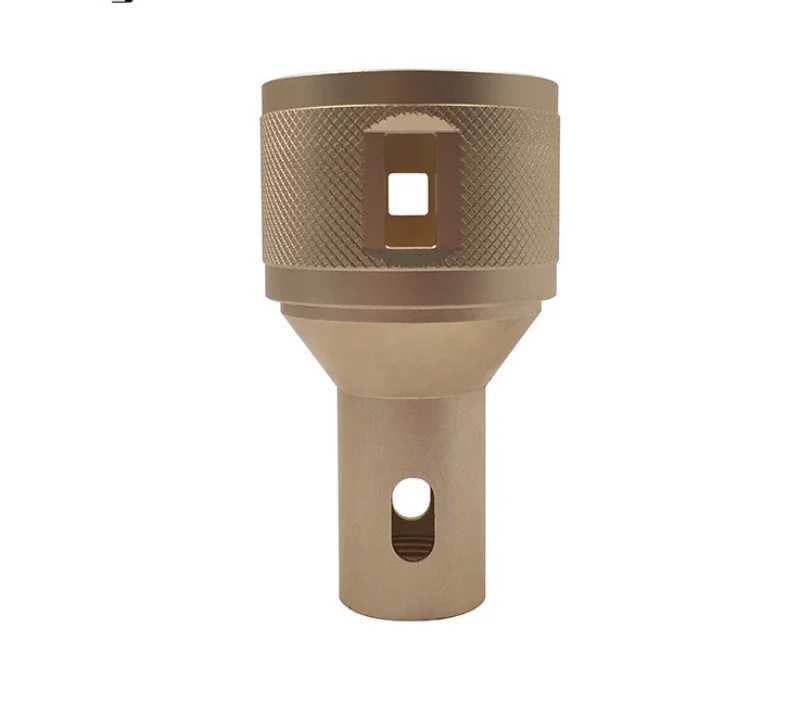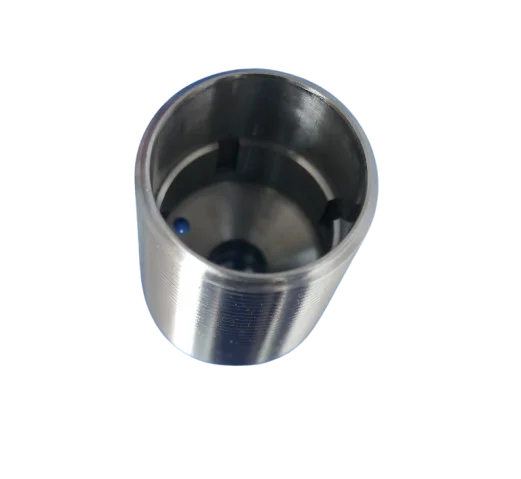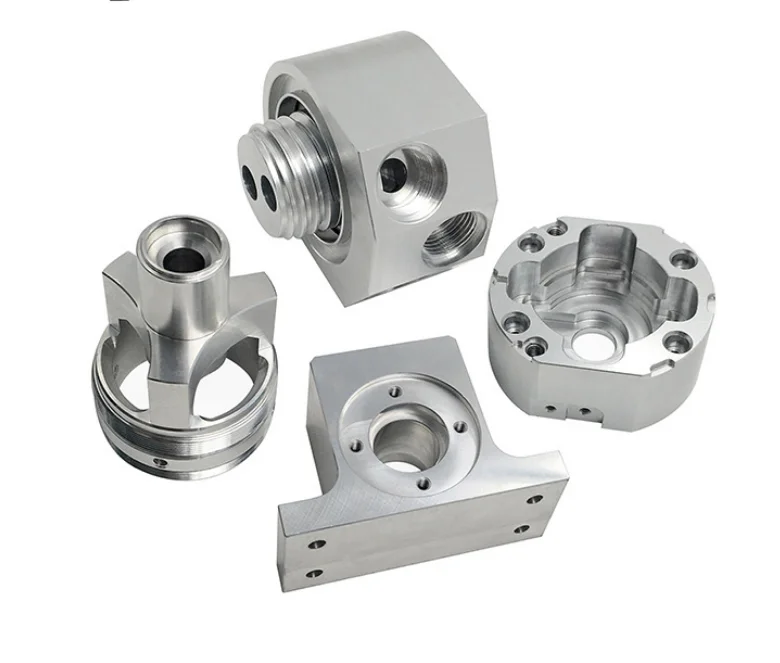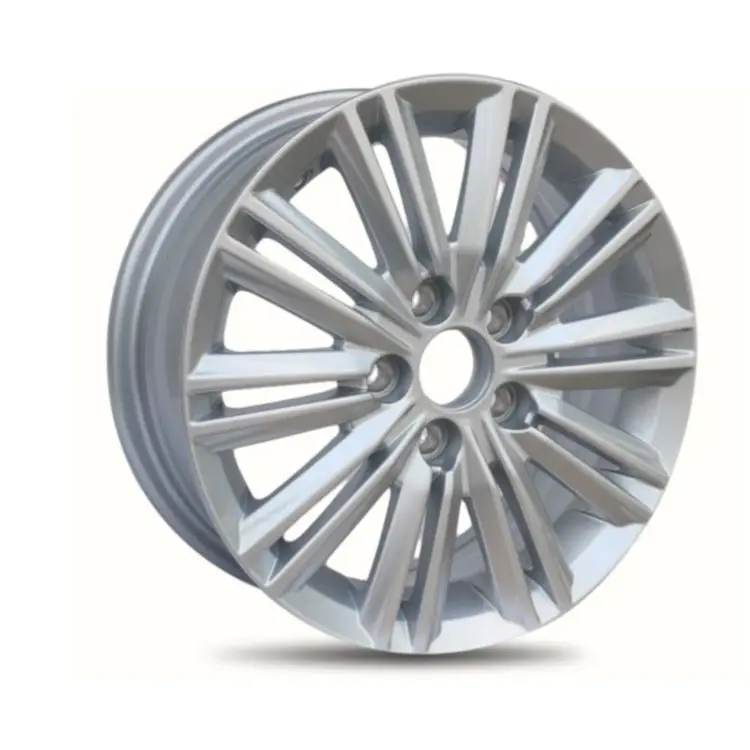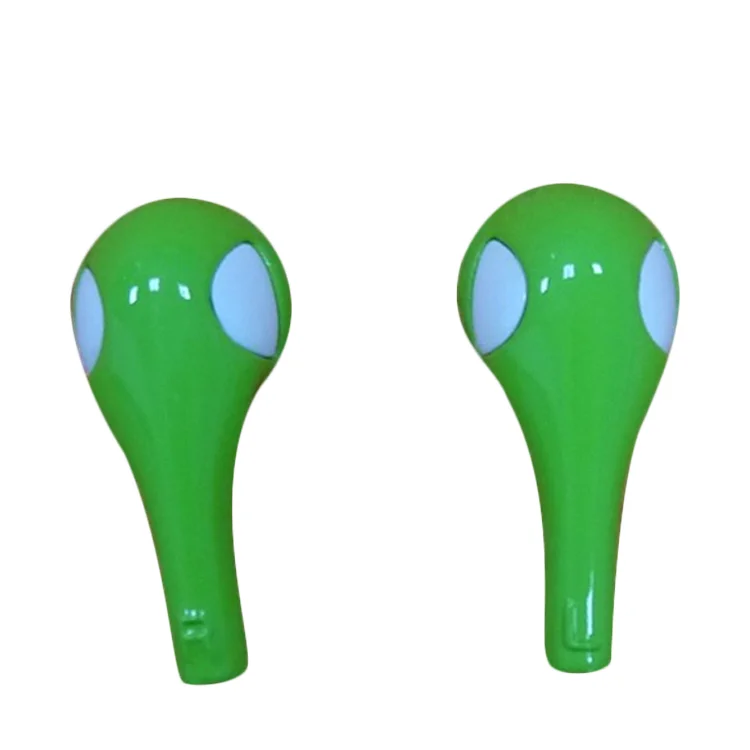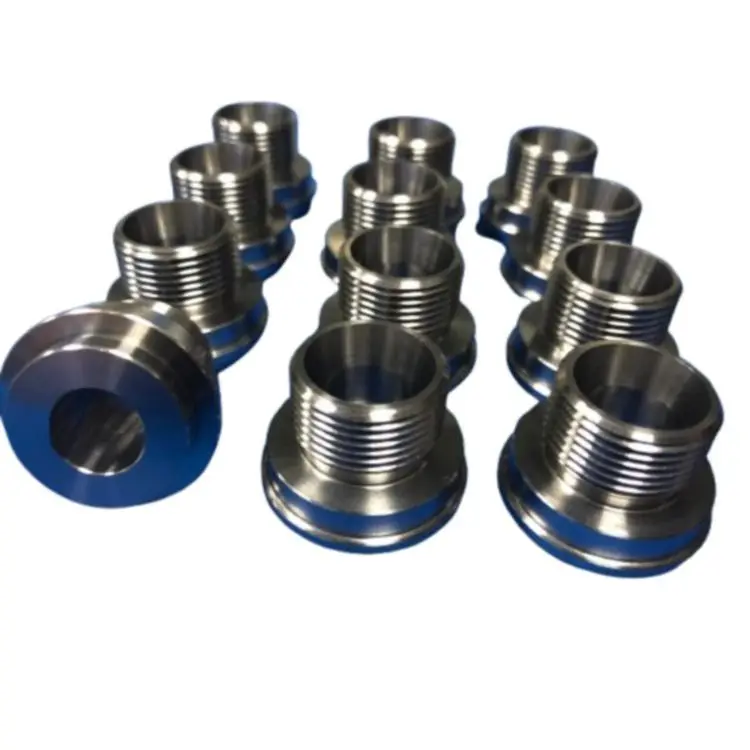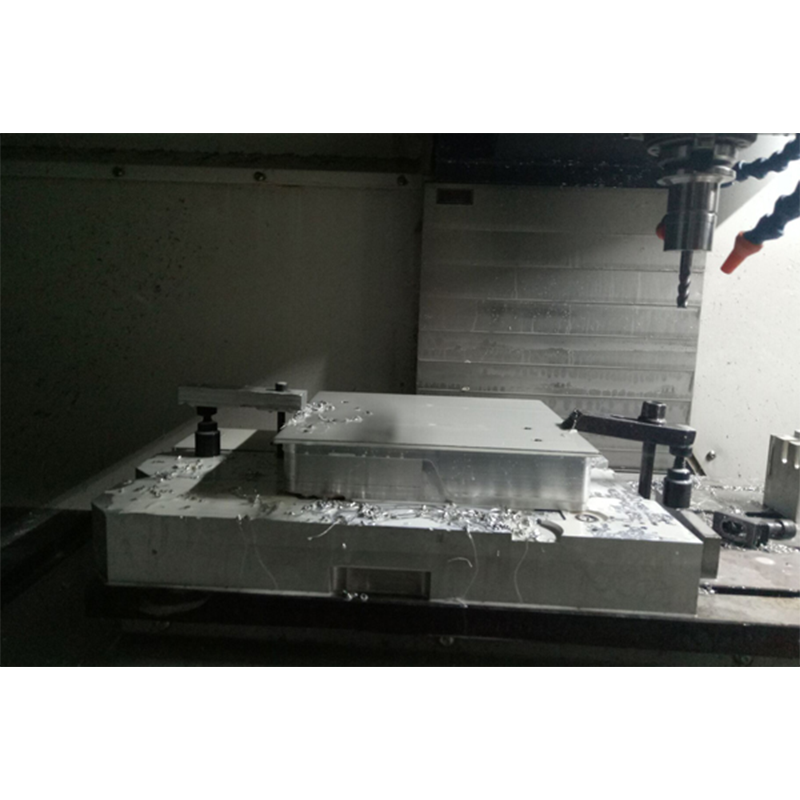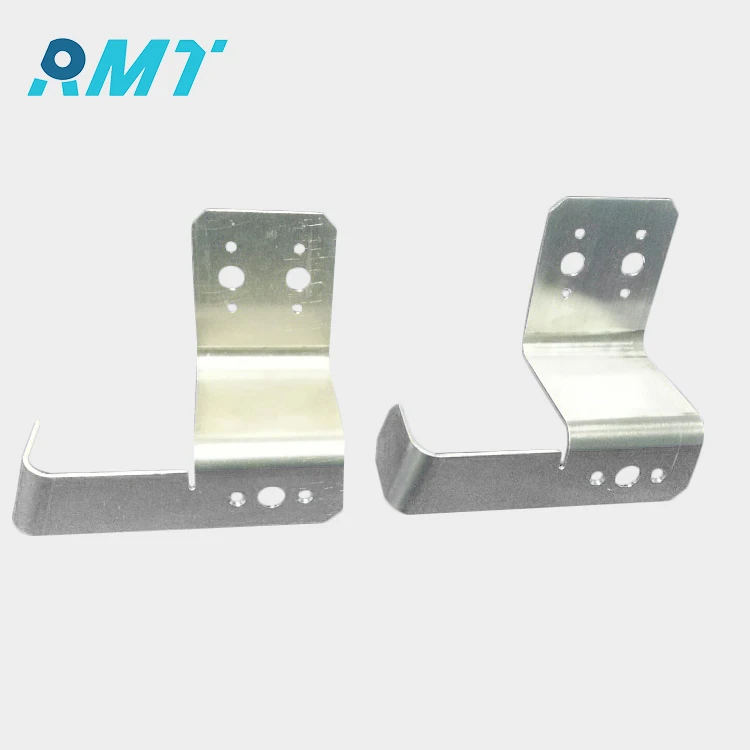Advanced methods for parts manufacturing: efficiency and quality
To ensure quality and efficiency in the manufacturing industry, there have been breakthroughs in how Parts Manufacturing are produced. Streamlining production processes while improving the quality and precision of manufactured goods.
Automation and Robotics
One of the key developments in parts manufacturing is automation as well as robotics integration. Automated systems enable continuous runs with minimal downtime thus reducing human errors which makes them efficient. In addition to this, they also improve throughput because they can work for long hours without getting tired or bored. On the other hand, robots equipped with sensitive sensors along their arms together with accurate programming languages guarantee consistency among different batches since each item is produced under similar conditions thereby meeting narrow tolerances required by clients.
Additive Manufacturing (3D Printing)
By allowing for complex geometries and customized components at incredible speed additive manufacturing has transformed part fabrication commonly referred to as 3D printing. It also minimizes wastage of materials used during production hence being cost effective while providing design flexibility which enables quick creation of prototypes thus speeding up the new product development cycle without compromising quality standards.
Advanced CNC Machining
In order to achieve intricate operations with the highest accuracy possible, Computer Numerical Control (CNC) machining has undergone significant changes thanks to advanced software alongside multi-axis capabilities. This type of machine can process various kinds of materials ranging from composites right through metals unlike before when only wood could be worked on using them. Through such increased abilities not only will finished components look better but it will also cut down set-up times during production runs leading to faster time-to-market for products.
Smart Manufacturing and IoT Integration
The introduction of smart manufacturing into parts production brought about interconnectivity systems involving also Internet Of Things(IoT). Proactive maintenance is enabled through real-time data analytics together with machine monitoring hence leading to predictive quality control coupled with adaptive manufacturing processes which utilize these predictions during its operation. Flow optimization based on insights derived from data collected allows manufacturers to trim down waste production while still meeting high standards set by customers regarding final output quality.
Conclusion
The industry has adopted sophisticated methods and technologies across its spectrum as it strives for excellence in efficiency and quality during parts manufacturing. From automation systems to additive manufacturing or precision machining under smart factory environments; these advancements are aimed towards streamlining production processes while raising the bar on what constitutes good standards within this sector.

 EN
EN
 AR
AR
 BG
BG
 HR
HR
 CS
CS
 DA
DA
 NL
NL
 FI
FI
 FR
FR
 DE
DE
 EL
EL
 IT
IT
 JA
JA
 KO
KO
 NO
NO
 PL
PL
 PT
PT
 RO
RO
 RU
RU
 ES
ES
 SV
SV
 IW
IW
 LV
LV
 SR
SR
 SK
SK
 UK
UK
 GL
GL
 HU
HU
 TH
TH
 TR
TR
 FA
FA
 GA
GA
 CY
CY
 EU
EU
 BN
BN
 BS
BS
 LA
LA
 NE
NE
 SO
SO
 KK
KK
